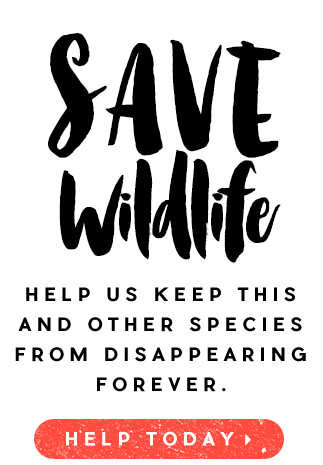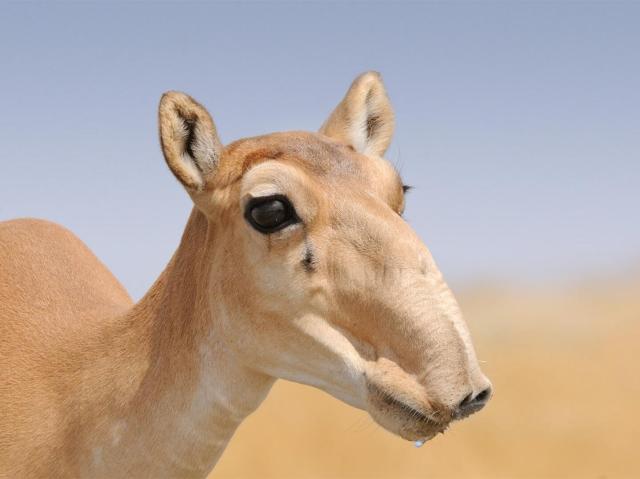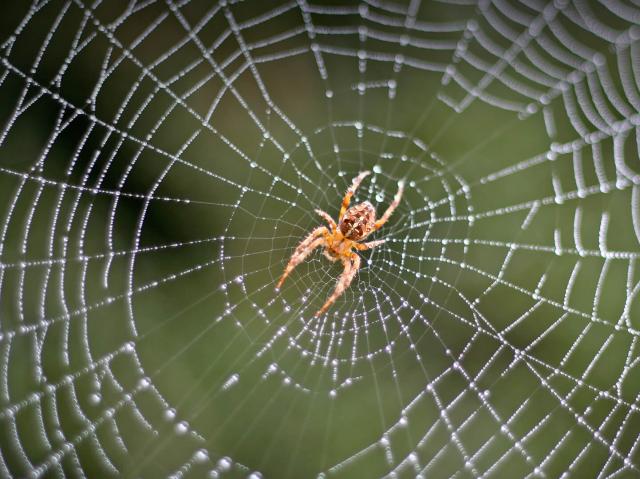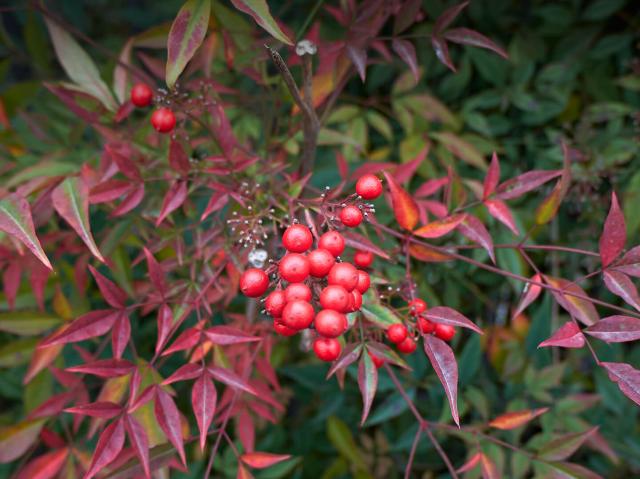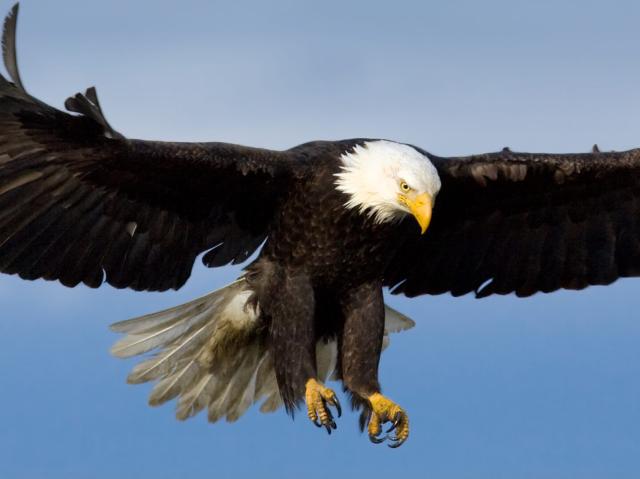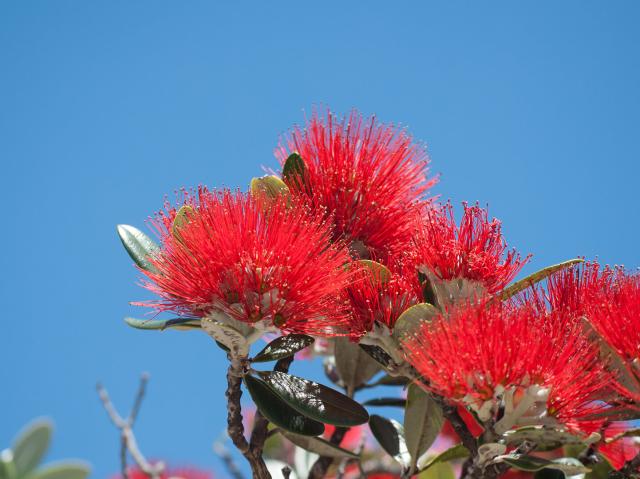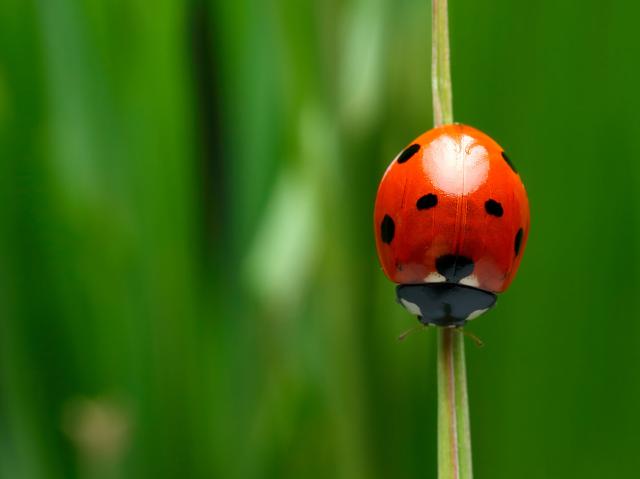
Conifer

- Division: Pinophyta
- Class: Pinopsida
- Order: Pinales
- Families: Pinaceae (pines), Araucariaceae (araucarias), Podocarpaceae (podocarpus or yellow-wood), Sciadopityaceae (umbrella pines), Cupressaceae (cypress), Cephalotaxaceae (plum yew), Taxaceae (yew)
- Genera: 68
- Species: 629

Overview
Conifers have a long and noble history. They have been around since the days of the dinosaurs—in fact, 150 million years ago they were the most prevalent plants in the landscape, since flowering plants had not yet come into their own. Conifers belong to a large, hardy group of plants that produces seeds in the protected, tightly clustered structures we know as cones, which are actually the tree’s fruit. Although many people think of them as cold-weather plants, conifers can thrive in many different climates, including the tropics.
Both the largest living tree and the oldest living tree are conifers. The General Sherman Tree, a giant sequoia found in California’s Sierra Nevada Mountains, is more than 270 feet (82.3 meters) tall, with a trunk that measures 36 inches (91 centimeters) in diameter at the base. A bristlecone pine Pinus aristata in the Wheeler Peak area of Nevada is more than 4,900 years old—older than most human civilizations. The Safari Park’s Conifer Forest, which displays more than 1,000 plants representing 400 varieties of conifers, also has an important claim to fame: it is home to one of the few North African cypresses Cupressus dupreziana left in the world.
Characteristics
All but 15 types of conifers are evergreen, one of the familiar characteristics of this group of plants. They grow with a straight, central trunk bearing circles of horizontal branches, and the branching may become increasing complex as the tree gets older. Conifers also have a wide variety of distinctive bark. This outer layer typically starts out smooth, and some stay that way, like lacebark pine Pinus bungeana or common yew Taxus baccata, with bark that peels or flakes off the older layers. Others like redwood Sequoia sempervirens and incense cedar Calocedrus decurrens develop fibrous bark that grows in vertical strips. Still other conifers have thick, rough, blocky bark that can show a variety of colors, such as Douglas fir Pseudotsuga menziesii and Cedar of Lebanon Cedrus libani.
Contemplating Cones: The name conifer means “cone-bearer,” and the classification of conifers is often based on the structure of their cones—or whether they have them, since not all conifers do. Those with cones have two types, a pollen cone and a seed cone. The pollen cones are soft and small, and they contain pollen sacs filled with pollen grains. Seed cones are the much larger, often woody, and easily recognized female cones that develop the seeds. These cones are usually made up of a spiral arrangement of little plates called scales. Pollination is often achieved by wind or water, carrying pollen grains to a seed cone. At maturity, seed cones may release their seeds by opening up as the scales spread apart; the scales shattering; or being burned by fire and snapping open. There are also conifers with seed cones that soften and change color to entice wildlife to eat them and spread the seeds, including podocarpus and juniper.
A Needling Question: Conifers are divided into many subgroups, including pines, firs, larches, and spruces. How can you tell them apart? There are some tricks of the trade to help identify which is which. Pine and larch trees grow needles—which are modified leaves—in bundles. Pines have two to five needles per bundle, while larches have 10 or more needles to a bundle. When needles are removed from a fir tree, a small, round scar remains on the twig. If they are removed from a spruce, a small, woody peg is left standing out from the branch. And then there are the conifers that surprise you, since they have broad leaves instead of needles, like the Kauri pine Agathus robusta and the gingko tree Gingko biloba, which is considered one of the most primitive of the conifers.
Conservation
About a third of all conifer species are considered threatened or vulnerable throughout their range, and 20 are critically endangered. The three main categories of threats facing conifers in their natural habitats are loss of the habitat to agriculture and development; deforestation and cutting the trees down for timber, paper, and fuel; and the effects of global climate change, including increased frequency and severity of fires, pollution, and increased losses from pests and disease.
Conservation efforts for conifers include continued protection and maintenance in reserves and national parks; cultivation and propagation in botanical gardens and collections to preserve conifers and genetic biodiversity; and working against the devastating effects of deforestation and climate change to keep the viable forests that remain.
Our Collection
The San Diego Zoo and Safari Park grow and care for a variety of conifers on our grounds. Our horticulture staff and conservation scientists also maintain seeds from endangered and threatened conifers in our Native Plant Seed Bank, and are involved in conifer conservation and restoration projects.
Useful Adaptation
The needles found on many conifers are modified leaves, reduced in surface area and coated with a waxy cuticle to protect them from cold. They also shed snow easily, helping to prevent branches from breaking under the weight of accumulated snow and ice.
Tiny Tree
New Zealand’s pygmy pine Lepidothamnus laxifolius is considered the smallest conifers, reaching only 3 to 4 inches (7.6 to 10.2 centimeters) in height.
Cold as Ice
Larches are conifers that can live in some of the coldest regions. Unusual among conifers, they shed their leaves in the winter as protection against brutally cold temperatures.
Branching Out
The diversity of conifer varieties used for gardens and landscaping is tremendous. Conifer enthusiasts around the world are devoted to the discovery and introduction of new selections that vary in size, form, color, and texture.


